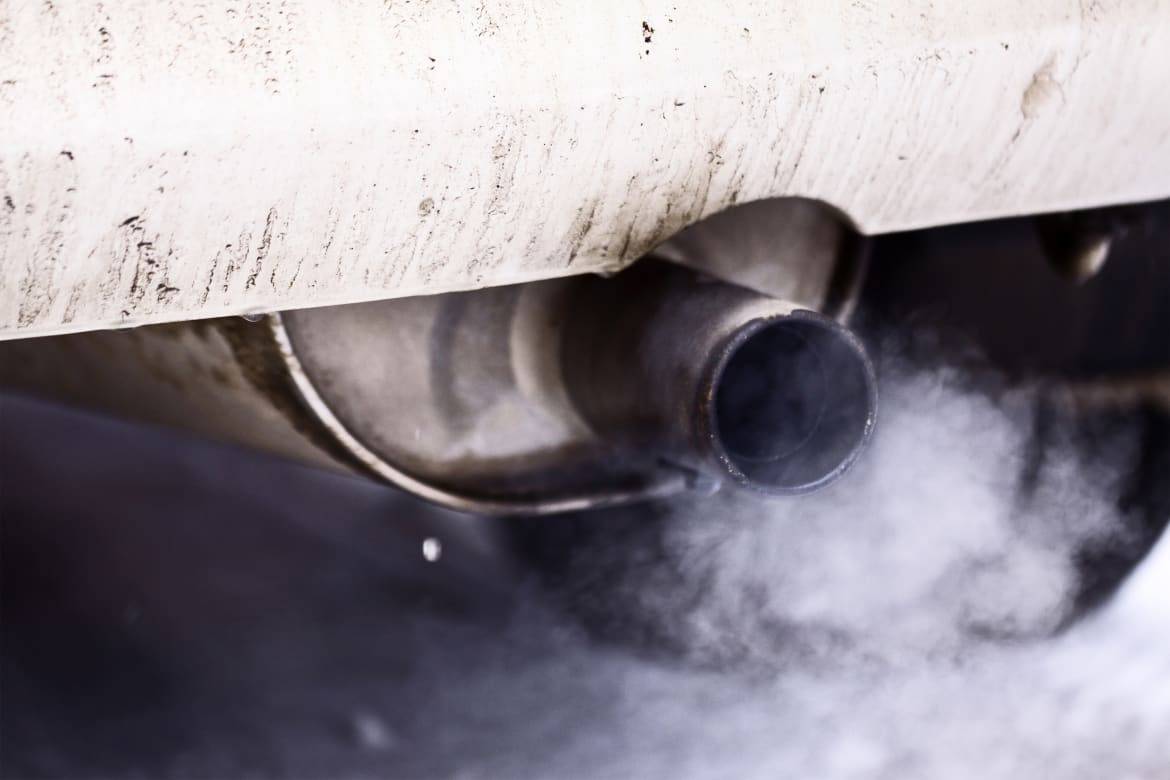When it comes to car exhaust systems, the science behind them can often seem complicated. But a better understanding of the components that make up an exhaust kit can help demystify the process and let you know what to look for as you shop for one.
This article will explore how these parts work together to create an efficient and effective exhaust system for your vehicle.
Overview of Car Exhaust Systems
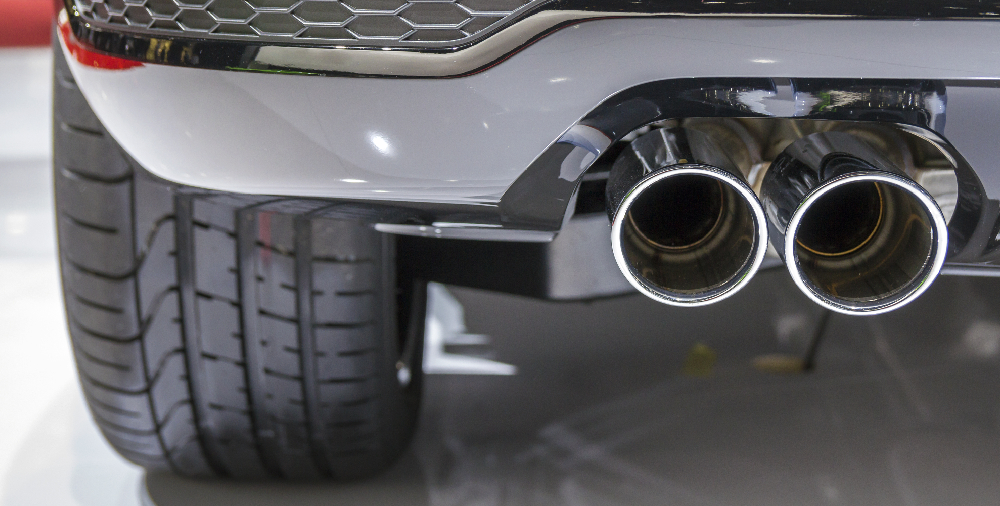
The overview of car exhaust systems is the foundation for understanding how these important components work. A vehicle’s exhaust system works by redirecting and removing harmful emissions away from the driver, passengers, and environment.
It also helps to reduce noise pollution created by the engine. The key components in a car exhaust system include an air intake system, catalytic converter, muffler or resonator, and tailpipe – all designed to help improve engine performance while also reducing emissions.
Modern cars contain sensors that monitor oxygen levels in their exhausts; when they detect excess pollutants being released into the atmosphere they can adjust fuel flow appropriately. Understanding each component of a car exhaust system will allow drivers to make informed decisions about maintenance and repairs when needed.
Types of Exhaust Kits and Components
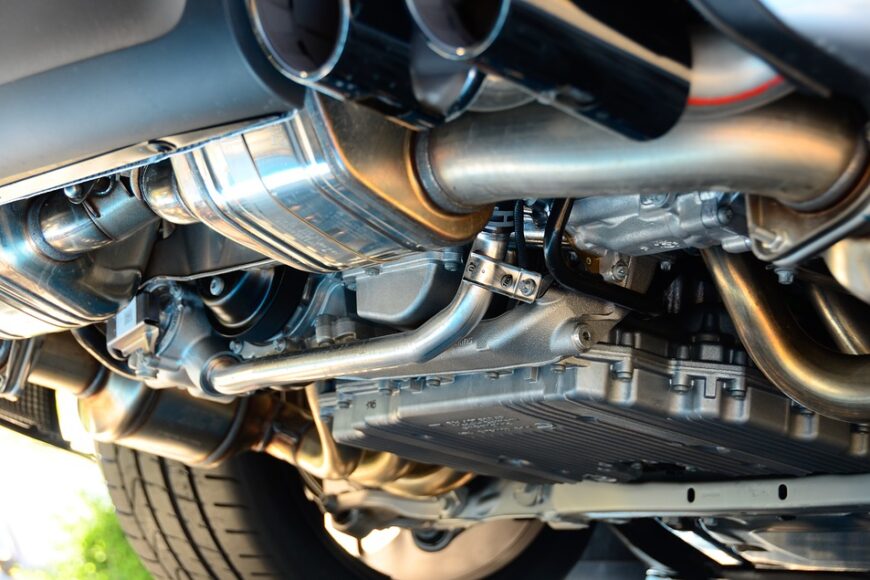
When it comes to customizing your car’s exhaust system, there are many different types of kits and components available. These range from performance-enhancing systems designed to maximize fuel efficiency and engine power, to purely aesthetic upgrades that can make your ride look as good as it sounds.
The most common exhaust kits typically contain a muffler, piping, clamps, or hangers for attaching the parts, and maybe some other components such as catalytic converters or resonators depending on the specific type of kit you choose. Mufflers come in a variety of shapes and sizes and help reduce noise levels while still allowing the powerful sound associated with modified cars.
Piping is usually constructed out of stainless steel for maximum durability but can also be made from aluminum or titanium if desired. Clamps ensure that all parts fit securely in place while hangers provide support so that the entire assembly doesn’t sag over time due to weight or vibration.
Catalytic converters help reduce harmful emissions produced by engines while resonators increase horsepower by improving airflow through the pipes leading up to them. No matter what type of kit you decide on for your vehicle, understanding all its components will help you get the best results possible when installing an aftermarket exhaust system!
Benefits of an Upgraded Exhaust System
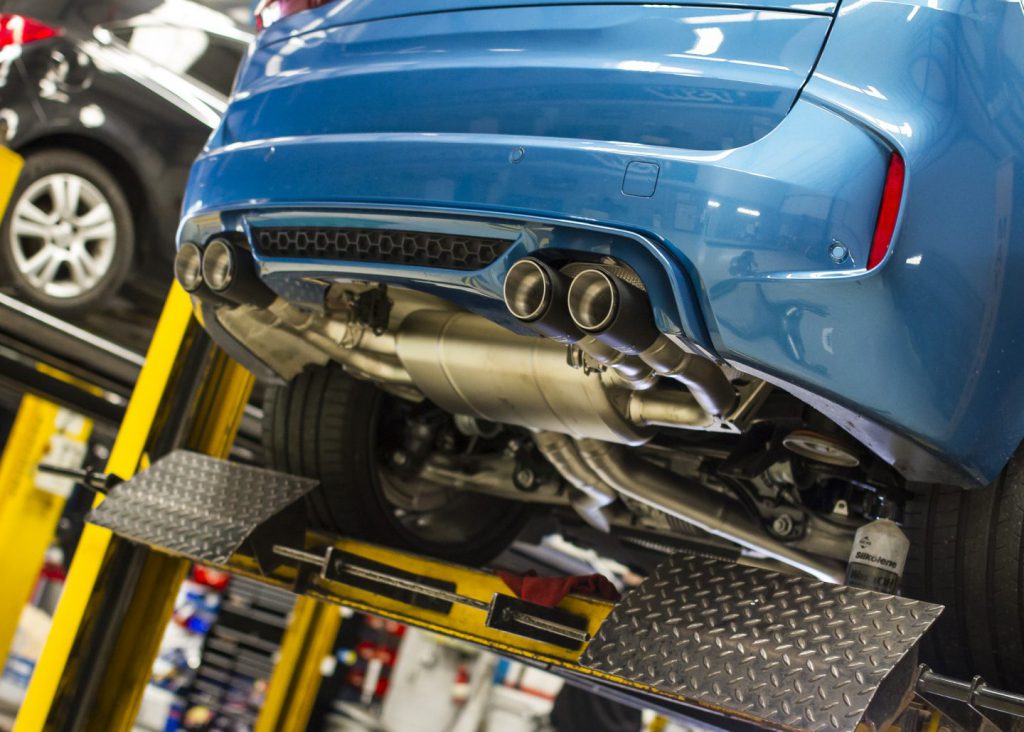
Upgrading an exhaust system can provide many benefits to car owners. With a new or upgraded exhaust kit, cars will run more efficiently and generate fewer emissions.
Exhaust upgrades can also give the engine more horsepower, improving performance and speed. For those who use their cars for racing, an upgraded exhaust system is essential for creating maximum power from the engine.
Additionally, most modern systems are quieter than older models because of improved sound muffling technology that helps reduce noise pollution while still allowing drivers to enjoy powerful engine sounds when needed. Finally, with a new exhaust system comes better fuel economy as well as increased longevity of the vehicle’s components due to reduced strain on them from backpressure in the motor caused by clogged or inefficient parts in the existing system.
How to Choose the Right Kit for Your Vehicle
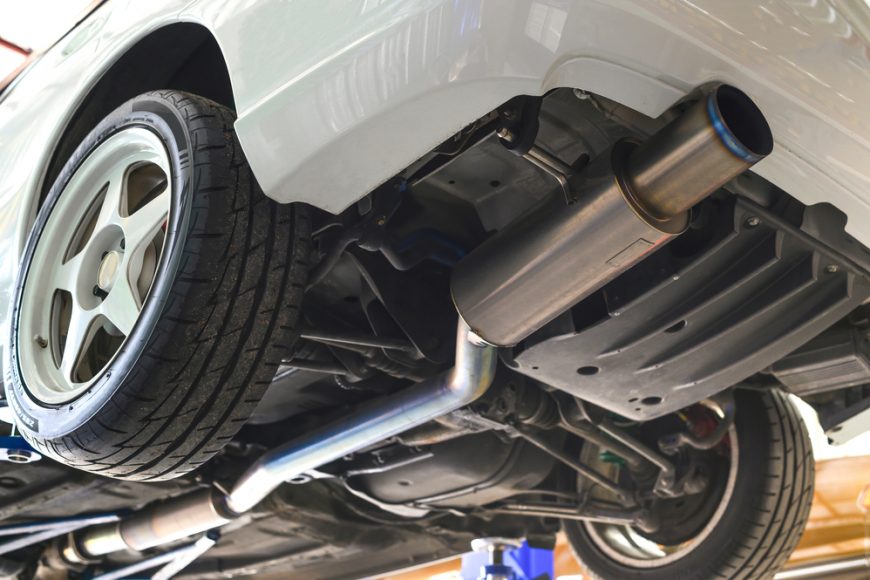
When it comes to outfitting your vehicle with an exhaust kit, you’ll want to make sure that the components you choose are well-suited for your car. The type of exhaust kit chosen will depend on the model and year of your vehicle as well as desired performance benefits.
To help ensure you get the right one, there are a few important factors to consider before making a purchase. First, examine what type of material is used in each component.
Stainless steel kits tend to last longer than those made from regular steel or other materials due to their durability and corrosion resistance properties. Additionally, some kits may also use larger diameter piping which can provide improved flow capacity over smaller pipes; however, this should be considered carefully as larger pipes could create too much back pressure when combined with certain engines resulting in reduced torque output.
Second, research any installation requirements associated with different types of exhaust kits before purchase. Different models may require specific tools or additional parts such as clamps and hangers during installation so knowing these ahead of time can save time and money down the line if they need replacing afterwards.
It is also important to check whether modifications such as welding or cutting will be necessary for proper fitment since these can increase the cost significantly depending on the complexity involved in the installation process itself. Finally, take into account how certain components might affect sound levels once installed on the vehicle – depending on preferences this could mean going for a quieter option if noise is not desired while driving around town versus something louder more suited towards track day events where higher decibel levels would not be an issue at all! Ultimately finding the perfect balance between price point quality available materials/features offered along with intended usage will result in the best possible outcome when choosing the right kit for the particular ride!
Conclusion

See here, exhaust systems are a complex system of components designed to reduce harmful pollutants emitted from the car’s engine. By understanding how each component works individually and as part of the overall system, we can better maintain our cars and ensure that they remain in good condition.
Exhaust kits help provide replacement parts when necessary, allowing us to extend the life of our vehicle while reducing emissions. With this knowledge, we can make sure that our vehicles meet emission standards and keep them running smoothly to protect ourselves from potential environmental damage.

